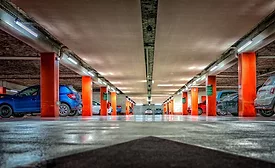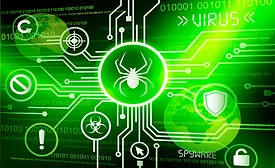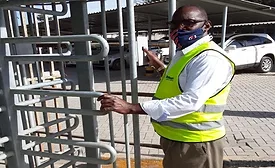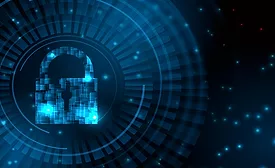Home » perimeter security
Articles Tagged with ''perimeter security''
Case Study: Integrated Solutions
The Gaylord Opryland Resort boosts security
April 12, 2021
Sign-up to receive top management & result-driven techniques in the industry.
Join over 20,000+ industry leaders who receive our premium content.
SIGN UP TODAY!Copyright ©2025. All Rights Reserved BNP Media.
Design, CMS, Hosting & Web Development :: ePublishing












